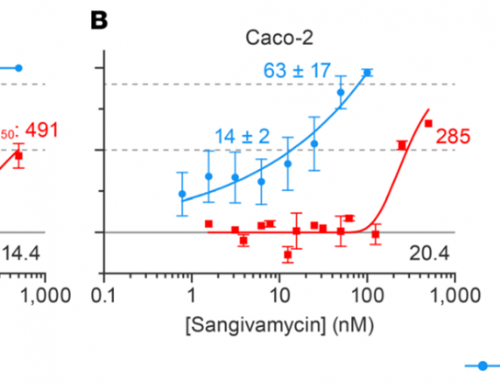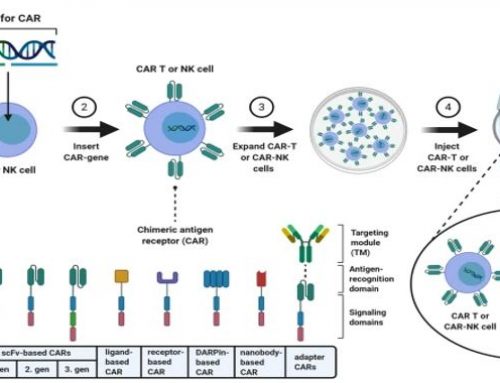In the “catecholaldehyde hypothesis” of Parkinson’s disease neurodegeneration, cytoplasmic dopamine (DA) is converted to 3,4-dihydroxyphenylacetaldehyde (DOPAL) by the enzyme monoamine oxidase-A (MAO-A). DOPAL is a toxic substance, generating free radicals and inhibiting mitochondrial function. Scientists at NIH wanted to compare the abilities of currently available MAO-A and MAO-B inhibiting drugs at decreasing endogenous DOPAL levels. Using PC12 cells, six drugs were tested for their effects on DOPAL: MAO-A inhibitor clorygyline, three reversible MAO-A inhibitors, and the MAO-B inhibitors selegiline and rasagiline. The Cellometer was used to count the cells throughout experimentation. Clorgyline, rasagiline, and selegiline decreased DOPAL levels in both the cells and the media, while the reversible MAO-A inhibitors did not. The drugs also decreased dopamine synthesis and increased dopamine auto-oxidation. The results of this work suggest that the secondary effects of MAO inhibition should be studied more carefully in future clinical trials.
Read the full publication here.






Leave A Comment